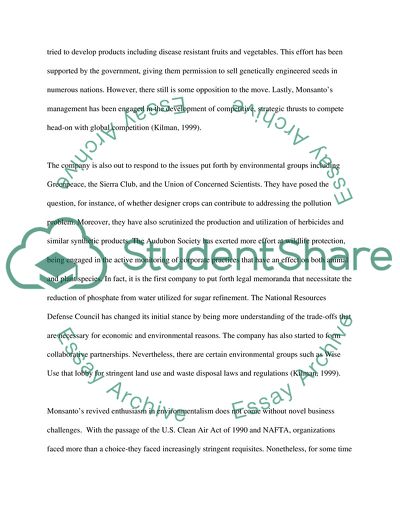Cite this document
(Multinational Companies and Their Impact on Environmental Sustainabili Assignment, n.d.)
Multinational Companies and Their Impact on Environmental Sustainabili Assignment. https://studentshare.org/environmental-studies/1703443-my-subject-corporate-social-responsibility
Multinational Companies and Their Impact on Environmental Sustainabili Assignment. https://studentshare.org/environmental-studies/1703443-my-subject-corporate-social-responsibility
(Multinational Companies and Their Impact on Environmental Sustainabili Assignment)
Multinational Companies and Their Impact on Environmental Sustainabili Assignment. https://studentshare.org/environmental-studies/1703443-my-subject-corporate-social-responsibility.
Multinational Companies and Their Impact on Environmental Sustainabili Assignment. https://studentshare.org/environmental-studies/1703443-my-subject-corporate-social-responsibility.
“Multinational Companies and Their Impact on Environmental Sustainabili Assignment”. https://studentshare.org/environmental-studies/1703443-my-subject-corporate-social-responsibility.


